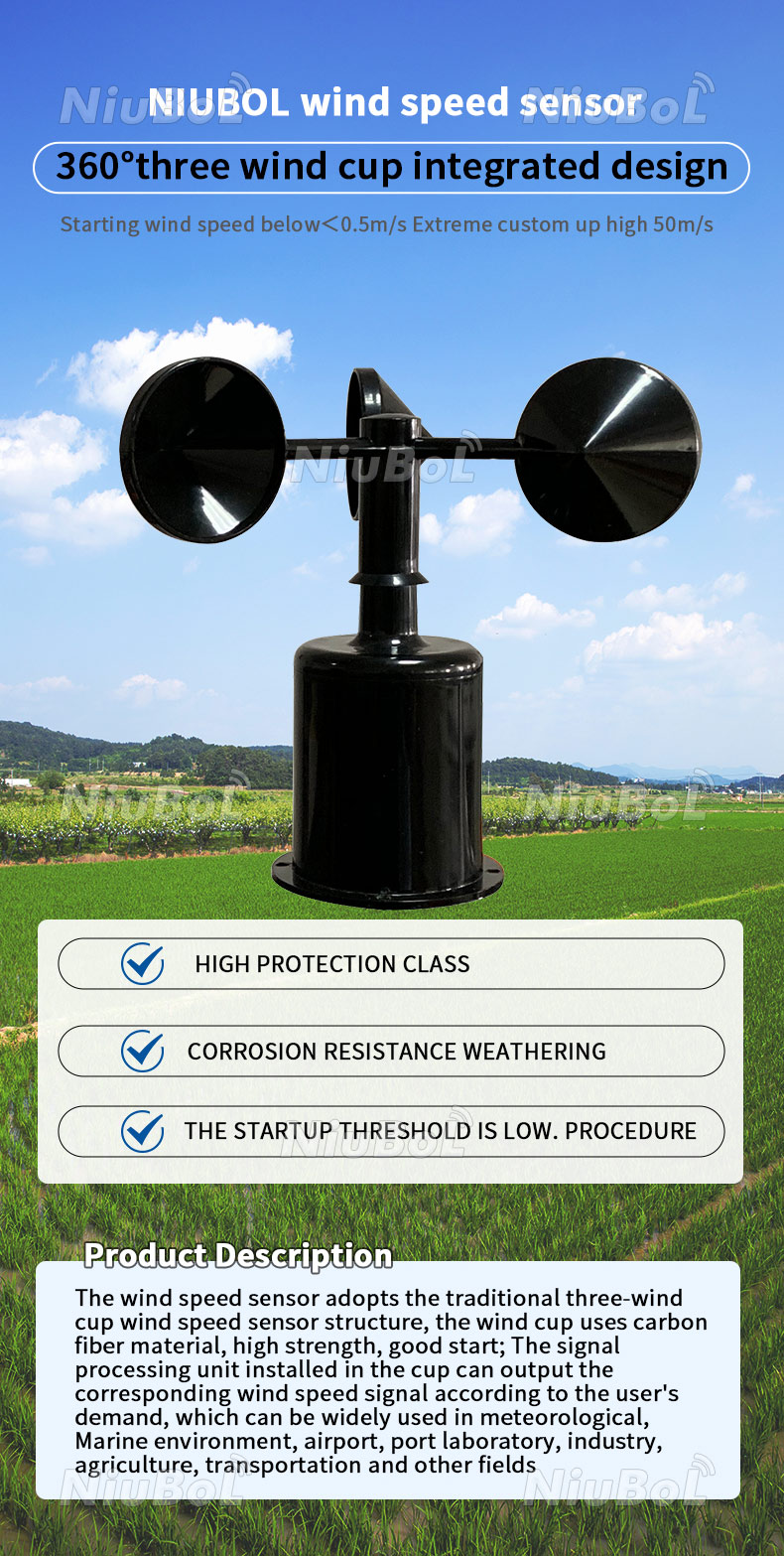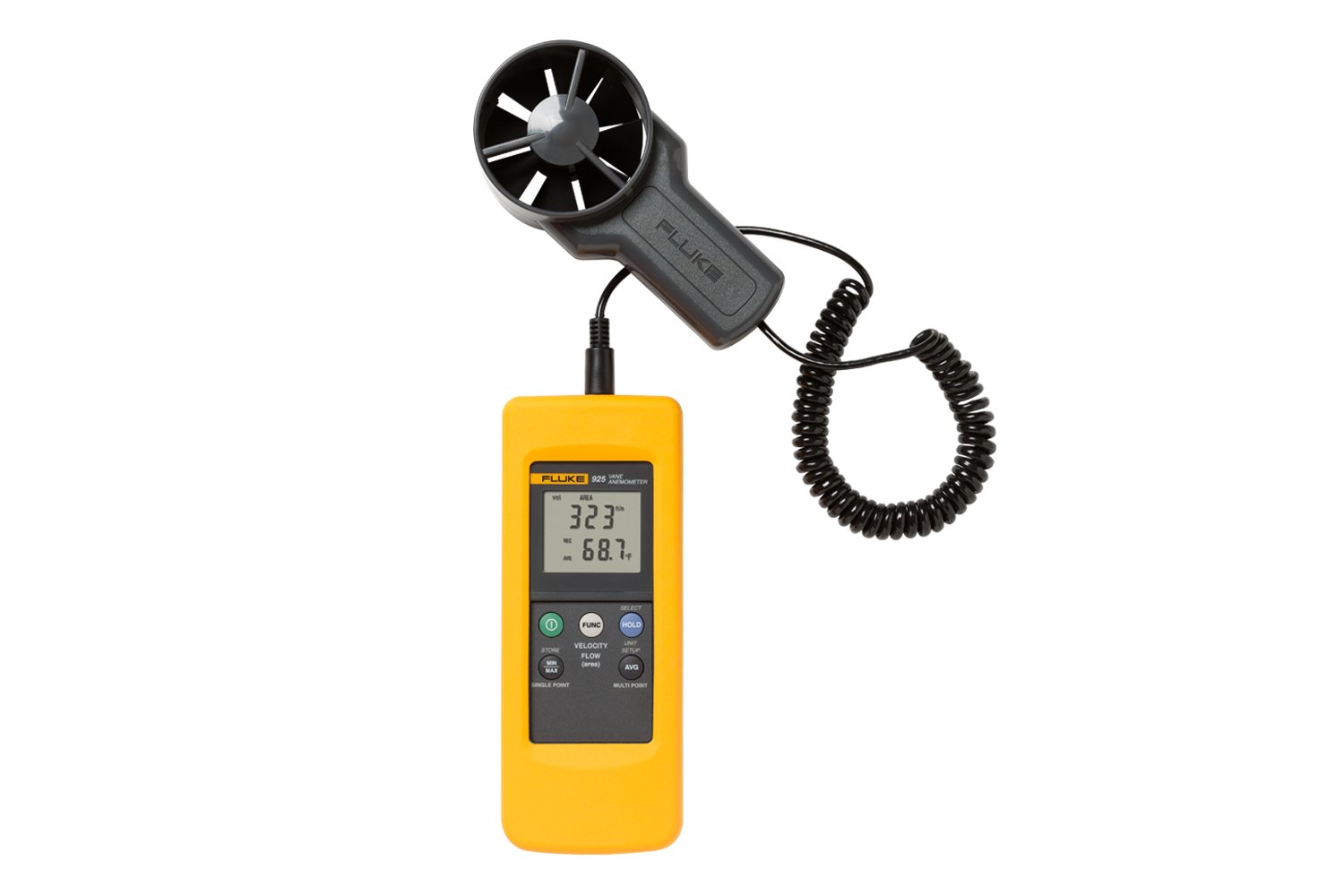Top Functions to Look for in a Reliable Anemometer for Accurate Wind Measurement
Anemometers Introduced: Understanding Their Relevance in Environmental Tracking and Security Steps
The duty of anemometers in ecological tracking and security measures is frequently taken too lightly, yet their value is obvious. From meteorology to aeronautics safety, anemometers play an essential duty in giving accurate data that informs decision-making processes and enhances general security.
History of Anemometers
The development of anemometers can be mapped back to the ancient civilizations where basic wind determining devices were initial utilized. One of the earliest recognized anemometers was the hemispherical mug anemometer developed by Leon Battista Alberti in the 15th century.
In the 18th century, the prominent scientist John Thomas Romney Robinson presented the Robinson anemometer, which included 4 hemispherical cups placed on straight arms that extended from a central axis. This layout became a standard in meteorological dimensions due to its precision and dependability. For many years, improvements in modern technology brought about the development of even more modern anemometers, consisting of ultrasonic anemometers and laser Doppler anemometers, offering enhanced precision and effectiveness in gauging wind speed and instructions. The history of anemometers showcases an impressive journey of innovation and progression in the area of weather forecasting.
Types of Anemometers
Throughout the field of meteorology, numerous kinds of anemometers have been developed to accurately determine wind speed and instructions. Sonic anemometers make use of ultrasonic signals to determine wind rate and direction accurately. Hot-wire anemometers run based on the concept that the cooling impact of wind on a warmed cable is symmetrical to the wind speed.
Applications in Meteorology
Having actually talked about the various sorts of anemometers utilized in weather forecasting for gauging wind rate and direction, it is vital to discover their functional applications in the area. Anemometers play an essential duty in meteorology by providing exact and real-time information on wind conditions (anemometer). Meteorologists utilize anemometers to check wind rate and direction to forecast climate patterns, problem warnings for serious weather condition occasions like twisters, storms, and tornados, and examine weather for air travel security
In weather forecasting, anemometers assist in recognizing neighborhood and regional wind patterns, which are crucial for anticipating weather modifications and identifying climatic patterns. These gadgets are likewise used in research to study microclimates, urban warmth islands, and air pollution diffusion. Furthermore, anemometers are employed in farming to enhance crop monitoring practices, more helpful hints such as watering and chemical application, based on wind problems.
Importance in Air Travel Safety And Security
An important aspect of guaranteeing aviation security hinges on the precise tracking of wind problems using anemometers. Anemometers play a critical role in aviation by giving real-time information on wind speed and instructions, helping pilots in making educated decisions during trip, landing, and liftoff. Strong and uncertain winds can dramatically impact aircraft procedures, making it crucial for aeronautics authorities to count on exact wind dimensions to guarantee the security of guests and staff.

In the dynamic setting of aviation, where also small changes in wind rate and instructions can have profound impacts, anemometers stand as essential devices for advertising safe and protected flight.
Role in Environmental Research Study
Just how do anemometers add to improvements in ecological research? Anemometers play a critical role in environmental study by supplying crucial data on wind speed and direction. This info is essential for comprehending numerous climatic procedures, such as air contamination dispersion, weather patterns, and climate modification. By properly gauging wind features, anemometers help researchers evaluate the motion of contaminants airborne, examine the effect of commercial exhausts, and predict the spread of contaminants in the setting.


Final Thought
In conclusion, anemometers have played an important duty in ecological monitoring and safety and security procedures. Comprehending the significance of anemometers is crucial for precisely gauging wind speed and instructions, which is crucial for forecasting climate patterns, making sure safe aeronautics procedures, and carrying out ecological studies.
One of the earliest well-known anemometers was the hemispherical cup anemometer developed by Leon Battista Alberti in the 15th century. Over the years, improvements in technology led to the growth of more contemporary anemometers, consisting of ultrasonic anemometers and laser Doppler anemometers, offering enhanced accuracy and efficiency in determining wind rate and direction. Hot-wire anemometers run based on the concept that the cooling impact of wind on a heated cable is proportional to the wind rate. Meteorologists utilize anemometers to check wind speed and instructions to anticipate weather patterns, concern cautions for extreme weather condition occasions like hurricanes, storms, and cyclones, and analyze atmospheric conditions for aviation safety.
Comprehending the relevance of anemometers is important for accurately measuring wind speed and direction, which is important for Get More Info predicting weather patterns, guaranteeing risk-free air travel procedures, and carrying out environmental research studies. (anemometer)